Help Your Pet to Adjust to a New Home
Table of Contents
How to Reduce Stress and Anxiety and Help Your Fur Baby to Live Through the Move Without Much Ado.
Pets, especially cats, can display signs of anxiety and stress when moving to a new place. It may take days, weeks, or months for your pet to feel safe and secure in its new home. Following the tips in this article should help you shorten the acclimation period significantly so that you and your fur baby can hit a happy stride within a few weeks of moving in.

Common signs of anxiety.
Signs of anxiety in dogs.
Dogs can experience anxiety for various reasons, such as separation from their owner, loud noises, unfamiliar environments, and other stressful situations. Here are some signs of anxiety in dogs:
- Excessive barking or howling
- Pacing or restlessness
- Excessive panting or drooling
- Trembling or shaking
- Destructive behavior, such as chewing or digging
- Loss of appetite
- Avoidance behavior, such as hiding or cowering
- Aggression or biting
- Excessive licking or grooming
- Inappropriate urination or defecation
Signs of anxiety in cats.
Cats can also experience anxiety for various reasons, such as changes in routine or environment, loud noises, and unfamiliar people or animals. Here are some signs of anxiety in cats:
- Hiding or avoidance behavior
- Excessive grooming or licking
- Aggression or biting
- Excessive vocalization, such as meowing or hissing
- Inappropriate elimination, such as urinating or defecating outside of the litter box
- Reduced appetite or overeating
- Restlessness or pacing
- Over-vigilance or constant scanning of the environment
- Destructive behavior, such as scratching or chewing furniture
- Reduced activity or lethargy
These are all common signs of anxiety and increased cortisol levels in your pet’s bloodstream. These behaviors should subside within days or weeks if you create a consistent routine and decrease the number of new stimuli.
If you notice any of these signs of anxiety in your dog, it’s important to address the underlying cause of the anxiety and seek help from a veterinarian or a professional dog trainer if necessary.
When to see a veterinarian.
However, if you notice that your pet has any of the following symptoms:
- Vomiting
- Ongoing diarrhea or constipation for more than 2-3 days
- Coughing
- Fever
- Lethargy
- Decreased appetite for more than a couple of days
- Any abnormal behavior or symptoms, such as excessive scratching or licking, hair loss, or changes in urination or defecation habits
There’s a high chance that your pet contracted an illness while traveling. Call your veterinarian to schedule an appointment as soon as possible!
It’s always better to err on the side of caution and bring your pet to the veterinarian if you have any concerns about their health or behavior. Early detection and treatment of health issues can help improve outcomes and prevent further complications.
Tips to help your pet settle in.
Here are some tips to help your pet to settle in their new home faster:
Tip 1. Routine.
Keep their routine as consistent as possible. Try to maintain your pet’s routine as much as possible, such as their feeding and walking schedule, as well as their playtime and exercise routine.
Create a daily routine. You should feed, walk, and play with your pet at the same time every day. Routines put them at ease! However, some pets are simply more anxious, so for these guys, establishing a daily routine is even more important.

Tip 2. Comfort.
Keep items of comfort by their side. You may be tempted to buy new things for your pet, such as bedding and toys. However, a familiar scent will help your pet to settle into a new home faster. Bring along some familiar items from their old home, such as their favorite toys or blanket, to help them feel more comfortable and secure.
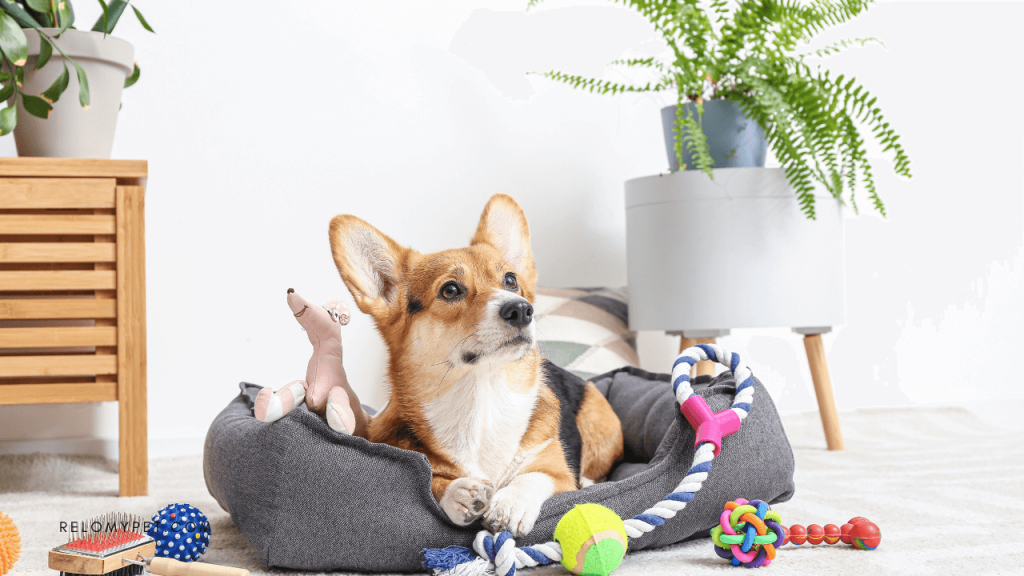
Tip 3. Personal and Safe Space.
Create a designated safe and comfortable space for your pet, such as a bed, crate, or cozy corner, where they can retreat to when feeling stressed or overwhelmed. This should be a small sanctuary to give your pet some space. Where did your cat prefer to hide in your old home? Can you create a similar setup for them in your new home?
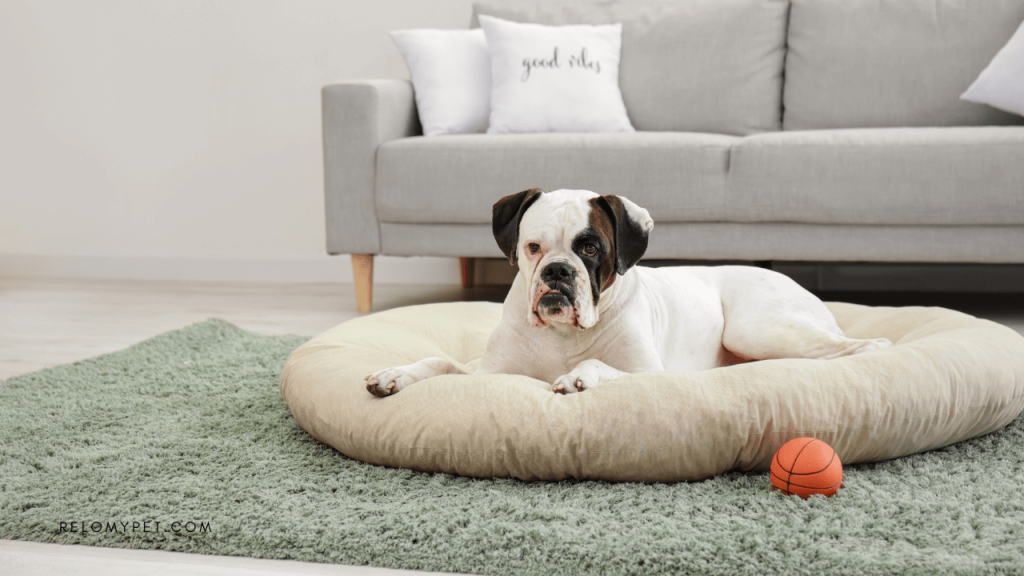
Tip 4. Time Alone.
If you’re a cat owner, it’s recommended not to try to comfort your pet with your presence. The kitties will get used to the new environment faster if you give them some time to recharge on their own.

Tip 5. Diet.
If possible, keep the same diet for at least a few weeks after the move. Adapting to new foods can really upset your pet’s stomach, especially when introducing new proteins.
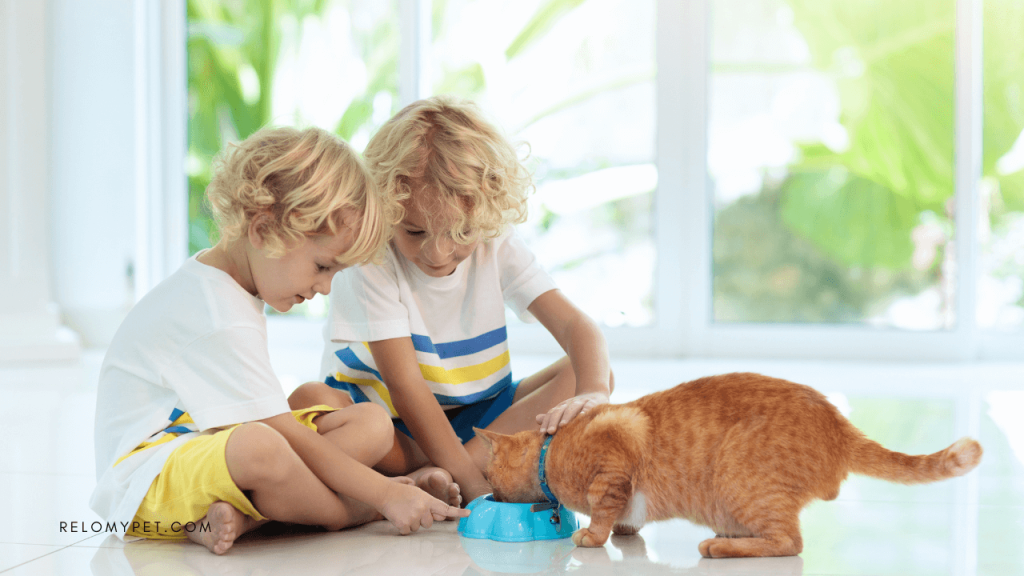
Tip 6. Treats.
Use treats and play to build positive associations. Train your pup around your new home or neighborhood with lots of tasty treats and positive reinforcement.
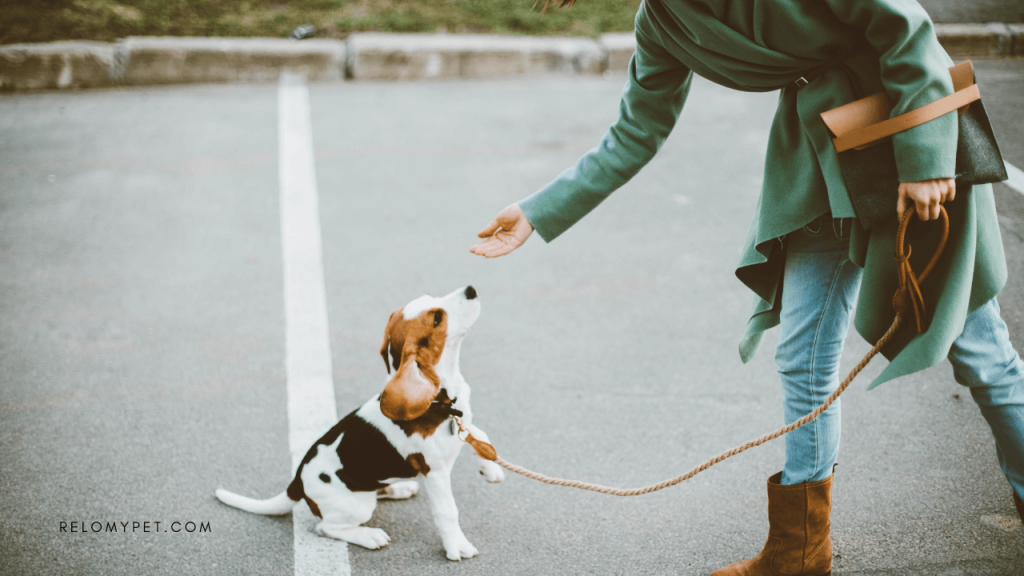
Tip 7. One Thing at a Time.
One new thing at a time, please! When a pet is faced with new or stressful events in a row, cortisol (the stress hormone) builds up in the pet’s system and can remain elevated for several days. It’s completely normal, in fact, it’s a healthy stress response.
Introduce your pet to their new home gradually, starting with one room at a time, and gradually expanding their access as they become more comfortable and familiar with their surroundings.
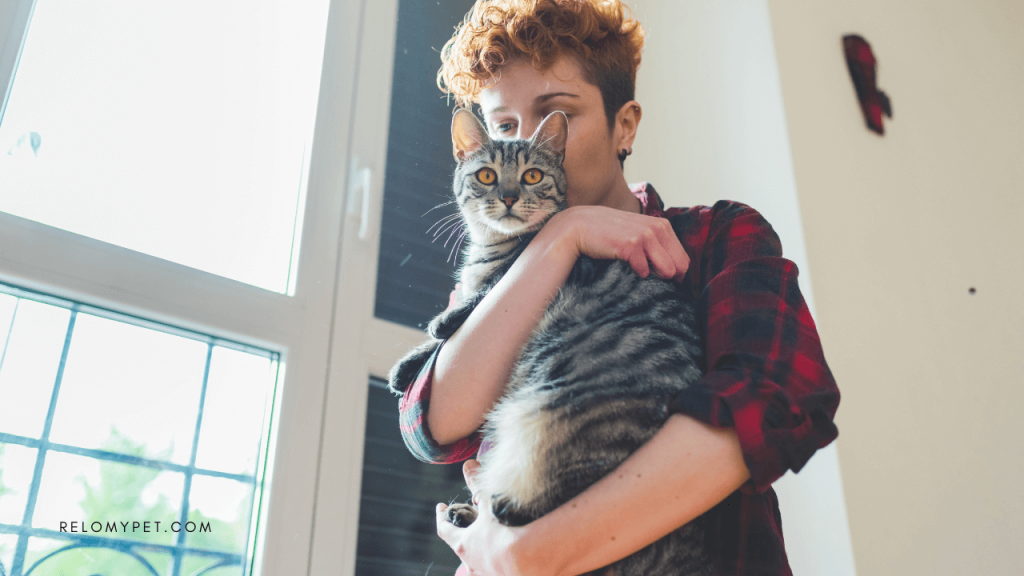
Tip 8. New Vet Visit.
It’s also recommended to see a new veterinarian within a week of arrival to make sure your pet is healthy after the trip.
Seeing a new veterinarian is an important step in ensuring your pet’s health and wellbeing. The vet can examine your pet thoroughly and identify any health issues that may have developed during the trip or that may have gone unnoticed before. They can also provide advice on preventative measures and general care for your pet.
During the visit, be sure to provide your new veterinarian with as much information as possible about your pet’s health history, including any previous medical conditions, allergies, or medications they may be taking. This will help the vet make an accurate diagnosis and recommend appropriate treatment options if necessary.
Additionally, ask any questions you may have about your pet’s health, diet, exercise routine, and overall wellbeing. The vet can provide valuable insights and recommendations to help you provide the best possible care for your furry friend.
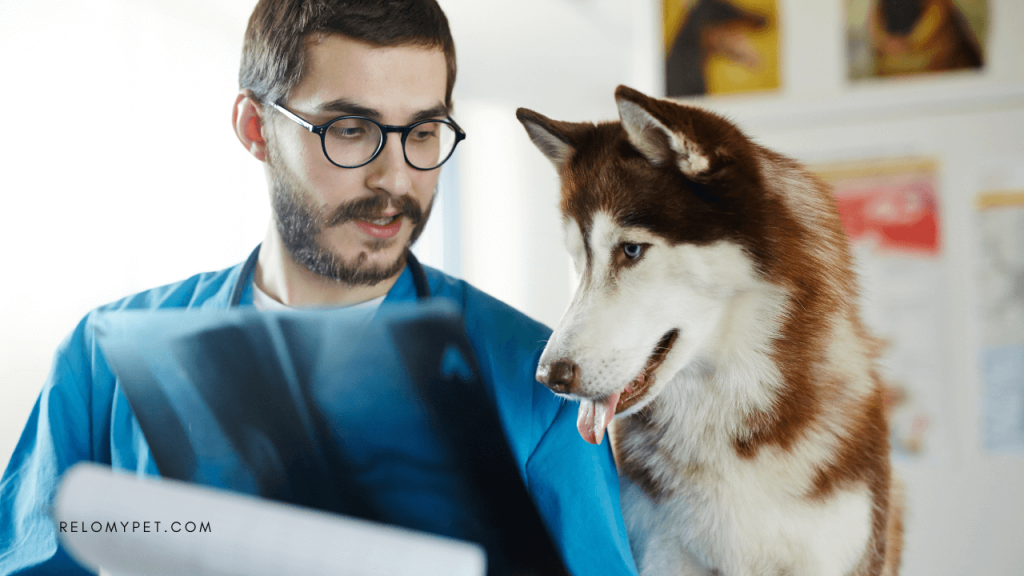
And be patient. Remember that adjusting to a new home takes time and patience, so be patient with your pet and give them time to acclimate to their new surroundings.
By following these tips, you can help your pet feel more comfortable, safe, and happy in their new home.
For Inquiries.
Relopet International aids customers and their treasured pets in planning safe and easy travel from beginning to end. Contact us regarding the transport of your furry family member using our online request form, email [email protected], or phone (604) 774-2707.

